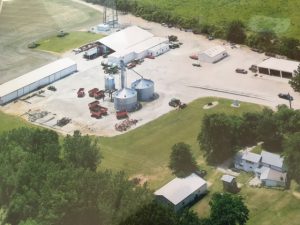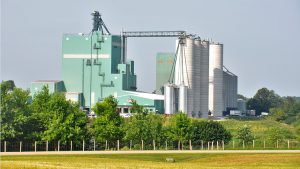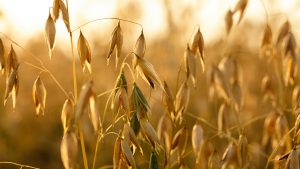Cropside: Rolling soybeans
AGRONOMIC INFORMATION FROM ONTARIO'S CROP SPECIALISTS

FIELD ROLLING WITH a smooth land roller just after seeding is common in parts of Ontario. Rolling helps level the soil and pushes small rocks into the ground. Small yield gains are possible due to better combine header performance during harvest. Rolling also reduces stone damage to combines. Field rolling helps conserve moisture which can improve emergence and plant stands in dry years. Most producers roll immediately after seeding, while some wait until the soybeans have emerged. Rolling immediately after planting provides improved seed-to-soil contact and eliminates the risk of plant injury. Since the soil is dry and relatively loose right after seeding, land rollers often do a better job immediately after seeding. However, rolling also increases the chance of soil crusting, hindering emergence, especially after a pounding rain. If soil crusting is a common problem in a given field, a better strategy may be to wait until the soybeans have emerged before rolling.
There is also a new theory that rolling soybeans soon after emergence stresses beans enough to actually increase yields. Physical stress to the plants may stimulate plant growth, flowering, and increase the number of nodes per plant. Four field trials in Michigan last year showed a yield increase of 1.6 bushels/acre when soybeans were rolled at the V1 (first trifoliate) compared to not rolling the beans (Michigan State University, 2016 SMaRT Report). Plant stands were not affected by rolling. Ontario field trials are now underway to verify if these yield gains are a result of increased combine header performance or changes in the soybean plant.
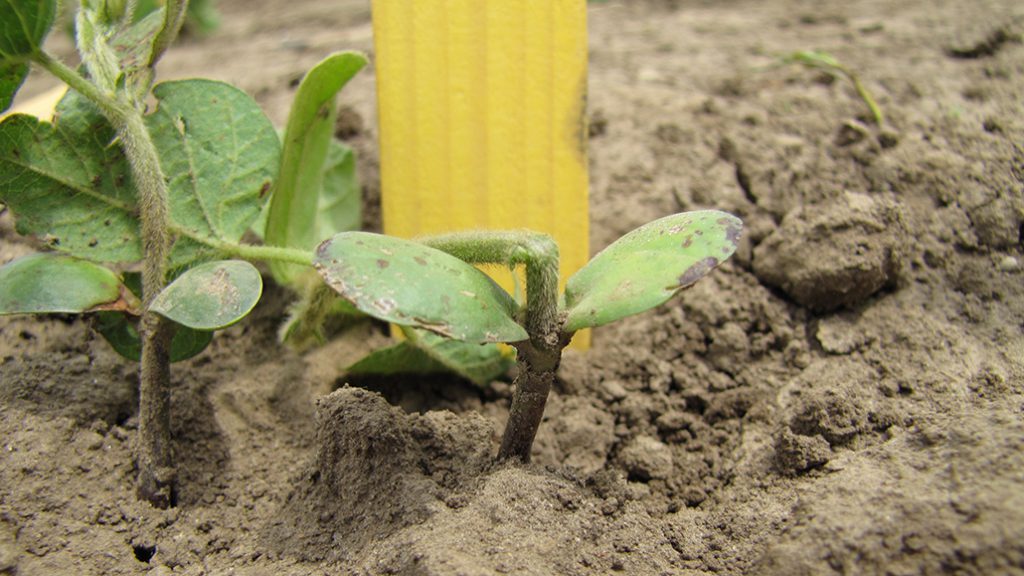
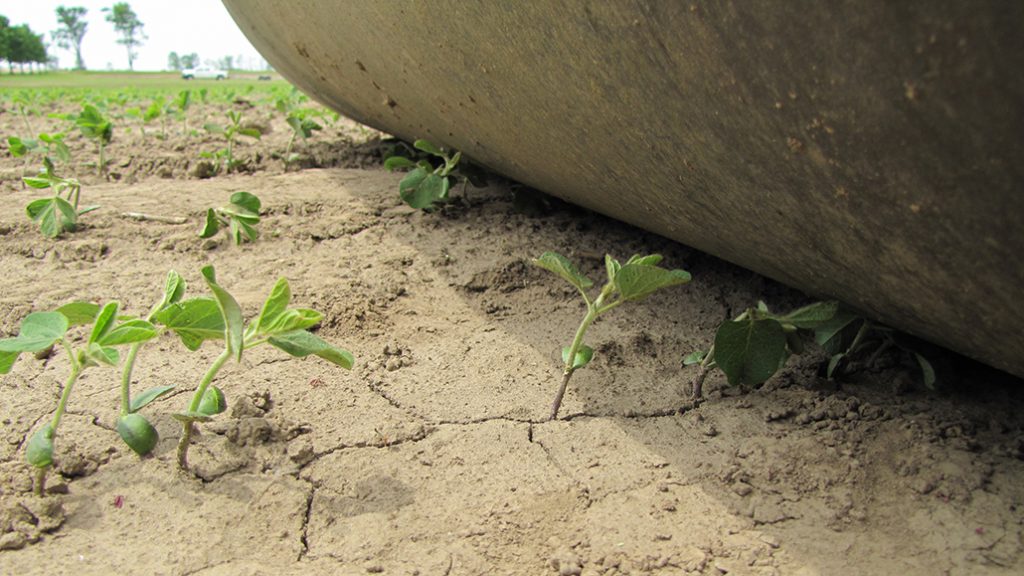
Care must be taken if rolling after emergence to avoid plant stand losses. Rolling after emergence is a viable management strategy and will not reduce yields if:
• Fields are rolled during the heat of the day to ensure that soybeans are limp. Soybeans are the most turgid (stiff) during the morning hours. Rolling during that time will result in plant injury.
• Soybeans are left to grow until at least the unifoliate stage since seedlings are vulnerable to being broken off at emergence. Soybeans should not be rolled past the second trifoliate. The first trifoliate leaf stage is a good time to roll soybeans after emergence. l








